Four days ago bad weather and a viral cold arrived simultaneously, which, together with the shortest days of the year, laid me flat; or, at least they would have had I not promised DD a feast for her birthday, which was yesterday. So I cooked, but in a vile, oppressed, and oppressive mood the whole time. Meanwhile the garden rests. Up until three days ago I was thinking that we had apparently gotten all the good weather that has been so conspicuously lacking for many of you, to judge by your accounts. After abundant rains in October and November the weather finally cleared up right before Thanksgiving. The sun shone, the sky was a (somewhat misty) blue, winds were light, the temperature fell nightly to around freezing, but rose to a comfortable levels during the day. In other words we had near perfect gardening weather during our eight hours daily of sun, and high time, too, after such a wet winter, spring, and fall (I never do much during our blazing summers). This has been the warmest December I've seen since we moved to Italy. A few roses have continued to bloom a bit: 'Archduke Joseph' and 'Clementina Carbonieri' sparingly--but how lovely were their flowers--'Sanguinea', 'Old Blush', and 'Odorata' rather generously. Also my crinum under the water faucet and the patch of agapanthus 'Headbourne Hybrids' around the corner, facing northeast, still have their foliage, and the lemon verbena and Salvia guaranitica are largely intact. All these plants die back to the ground every winter and resprout come spring.
During my roughly three weeks of good gardening weather I was busy. I had a lot of digging to do: planting holes; the propagating beds. The wet winter and spring and all the rotting of rose roots they provoked powerfully reinforced my insight of late years, that the ground in the big garden needs huge organic amendment before it will support life. So I dug big holes and added a lot of rotted hay. When I dug up the babies from the propagating beds for transplanting I was shocked to see the gray cement they had been growing in: no wonder our yields from all the cuttings I took last year was so poor. So the beds had to be redug, with abundant purchased bagged compost (there's NEVER enough compost!) and coarse sand added. Last year I asked my husband to dig these beds, but thought it wiser to do it this year myself. DH has never quite understood that what goes on under the surface of the soil is as important as what happens above; the invisible isn't wholly real to him. I, though, dig with pleasure and conviction.
I planted phlomis, rosemary, lavender, thyme, shrub germander (it finally rooted) and six inch roses out into much-amended holes in the sunny garden, but for the first time also potted a number of the roses started a year ago from cuttings. Since cane girdler entered the garden I've lost baby roses that had one good main cane: that destroyed, the rose died. So I want them to develop more and woodier canes before I set them out. Most of the roses that rooted were Teas, Chinas, and Polyanthas.
I did a lot of repotting, while my sizeable pot garden has not shrunk greatly. This includes plants I bought but haven't figured out where to put, like a couple of Periclymenum honeysuckles and some of the epimediums and sarcococcas I was so happy to receive from Esveld in the Netherlands, and I'm growing on some of the shrub germander which did finally root in such quantities. Then there are the seedling herbaceous peonies, started for pure curiosity's sake, the roses, the four inch tall symphoricarpos and Lonicera fragrantissima started last fall from cuttings which need to get bigger before I can plant them. I've found it's very helpful if a plant will grow taller than annual grass, which is why I'm beginning to favor the big hybrid lavenders over the smaller English lavender (though what I have, seed-grown, I suspect is itself somewhat hybridized).
I've done a lot of reworking of the ground around previously planted roses in the big garden, digging out the gray clay and putting it back layered with rotted hay. I have endless work to do here, as we planted hundreds of roses without adequate preparation before we mended our ways. But we've learned our lesson--our most recent lesson--and have made an appointment with the man with the small digger, who will come out after the holidays and dig us beautiful big holes which we'll amend properly. And we found someone who will bring us fourteen bales of badly needed old hay. I believe we've dried up the local supply, and for the first time this fall were in danger of running out of our chief amendment.
I'm starting to look forward to pruning after the holidays; I never did get around to it last year because there was snow on the ground for the entire winter. And I'll see what happens when I take cuttings in December and January instead of my usual October-November. Maybe the Noisettes will actually root this year for a change. I've already filled up a good part of the freshly dug propagating beds.
The shade garden and the woodland below it got a few sarcococcas, hardy sweet violets, epimediums, hellebores, and bulbs this fall and are looking very pleasant. Even winter can be a good time to visit there on a dryish, mildish day. I was admiring the evergreen shrubs: yew, box, pyracantha, Ruscus hypoglossum, the yellow-variegated Japanese euonymus, and the contrast they made with the leafless trees and fallen leaves. The extended rebar-and-wood pergola DH built to support 'Treasure Trove' after its black locust got blown down in a storm last spring is looking fine (so is the rose), as do the steps underneath it I made using the trunk and major branches of said locust. Nothing goes to waste in the garden.
Melissa
So much for December here. And in your gardens? or the gardens you have in your head?
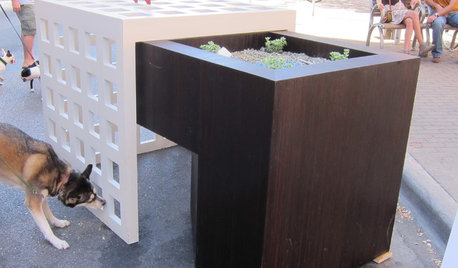


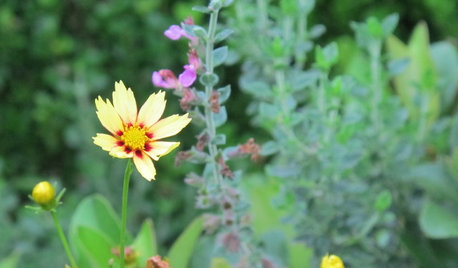
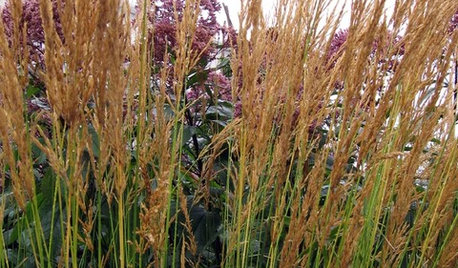
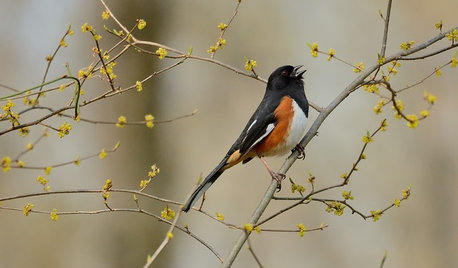

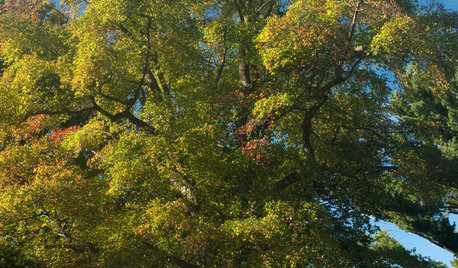
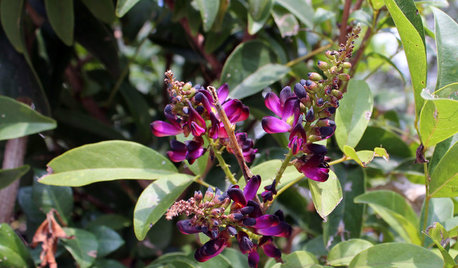
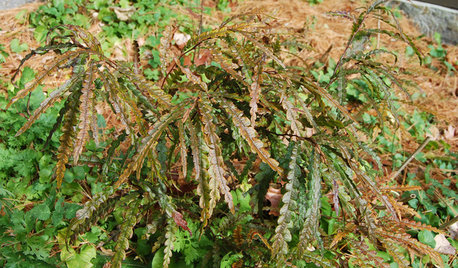







mendocino_rose
floridarosez9 Morgan
Related Discussions
Garden report
Q
August Garden Report
Q
Garden Report after the storm
Q
Daylily and Garden Report
Q
jacqueline9CA
ingrid_vc so. CA zone 9
User
titian1 10b Sydney
ingrid_vc so. CA zone 9
melissa_thefarmOriginal Author
cath41
mendocino_rose
ingrid_vc so. CA zone 9
lavender_lass
Evenie
kittymoonbeam
melissa_thefarmOriginal Author